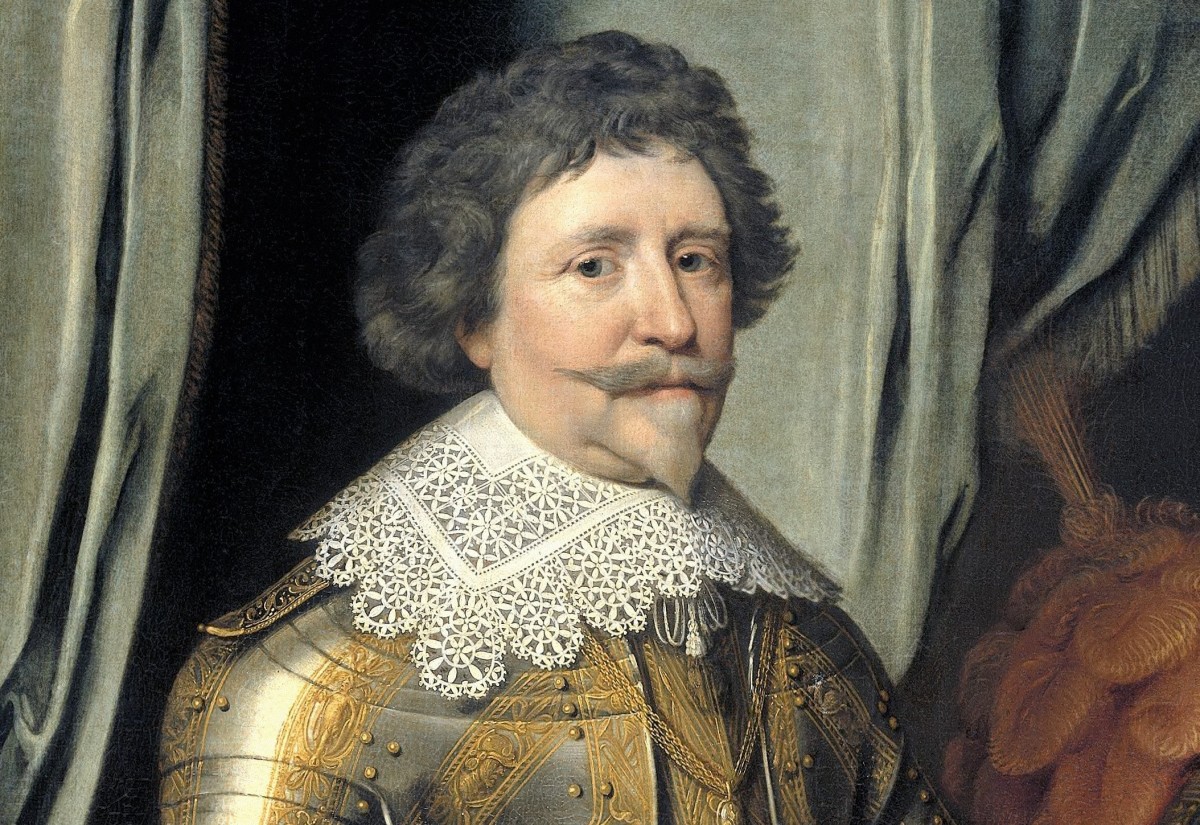Frederik Hendrik van Oranje (1584-1647)
Frederik Hendrik van Oranje was the Prince of Orange from 1625 until his death in 1647. He was the youngest son of William the Silent and Louise de Coligny, and he was born on January 29, 1584. Frederik Hendrik is best known for his military skills, as he played a significant role in the Eighty Years’ War and the Thirty Years’ War. He was also responsible for the construction of many buildings and fortifications in the Netherlands.
The Early Years of Frederik Hendrik van Oranje
Frederik Hendrik was born in Delft, the Netherlands, at a time of great religious and political turmoil. His father, William the Silent, was the leader of the Dutch revolt against Spain, which had begun in 1568. William was assassinated in 1584, just months before Frederik Hendrik was born, and his mother, Louise de Coligny, raised him and his siblings in the Protestant faith.
As a young man, Frederik Hendrik showed an interest in military affairs, and he was sent to study under the tutelage of the renowned Dutch military leader, Maurice of Nassau. He proved to be an excellent student and quickly rose through the ranks, eventually becoming the commander-in-chief of the Dutch army.
The Military Career of Frederik Hendrik van Oranje
Frederik Hendrik is best known for his military campaigns during the Eighty Years’ War and the Thirty Years’ War. He played a significant role in the capture of ‘s-Hertogenbosch in 1629 and Breda in 1637. He also led the Dutch army to victory against the Spanish at the Battle of Rocroi in 1643.
Frederik Hendrik was known for his innovative military tactics, which included the use of trenches and fortifications. He was also responsible for the construction of many buildings and fortifications in the Netherlands, including the Palace Huis ten Bosch, the fortress of Hulst, and the city walls of Utrecht.
The Personal Life of Frederik Hendrik van Oranje
Frederik Hendrik married Amalia of Solms-Braunfels in 1625, and the couple had five children. His wife was a significant influence on his life, and he often consulted her on military and political matters. She was also responsible for the construction of many buildings and gardens in the Netherlands, including the Paleis Noordeinde in The Hague.
Frederik Hendrik was known for his love of the arts, and he was a patron of many artists, including Rembrandt. He was also a skilled musician and played the lute.
The Legacy of Frederik Hendrik van Oranje
Frederik Hendrik van Oranje died on March 14, 1647, and he was buried in the Nieuwe Kerk in Delft. He is remembered as one of the most successful military leaders of the Dutch Republic, and his innovative tactics had a significant impact on the way wars were fought in Europe. He was also responsible for the construction of many buildings and fortifications in the Netherlands, which are still standing today.
FAQs
1. What was Frederik Hendrik van Oranje known for?
Frederik Hendrik van Oranje was known for his military skills and his innovative tactics, which included the use of trenches and fortifications. He was also responsible for the construction of many buildings and fortifications in the Netherlands.
2. Who was Frederik Hendrik van Oranje’s wife?
Frederik Hendrik van Oranje’s wife was Amalia of Solms-Braunfels. She was a significant influence on his life and was responsible for the construction of many buildings and gardens in the Netherlands.
3. What impact did Frederik Hendrik van Oranje have on the Thirty Years’ War?
Frederik Hendrik van Oranje played a significant role in the Thirty Years’ War, leading the Dutch army to victory against the Spanish at the Battle of Rocroi in 1643.
4. Where is Frederik Hendrik van Oranje buried?
Frederik Hendrik van Oranje is buried in the Nieuwe Kerk in Delft.
5. What is the legacy of Frederik Hendrik van Oranje?
Frederik Hendrik van Oranje is remembered as one of the most successful military leaders of the Dutch Republic, and his innovative tactics had a significant impact on the way wars were fought in Europe. He was also responsible for the construction of many buildings and fortifications in the Netherlands, which are still standing today.
Conclusion
Frederik Hendrik van Oranje was a significant figure in Dutch history, known for his military skills and his innovative tactics. He played a significant role in the Eighty Years’ War and the Thirty Years’ War and is remembered as one of the most successful military leaders of the Dutch Republic. He was also responsible for the construction of many buildings and fortifications in the Netherlands, which are still standing today.
